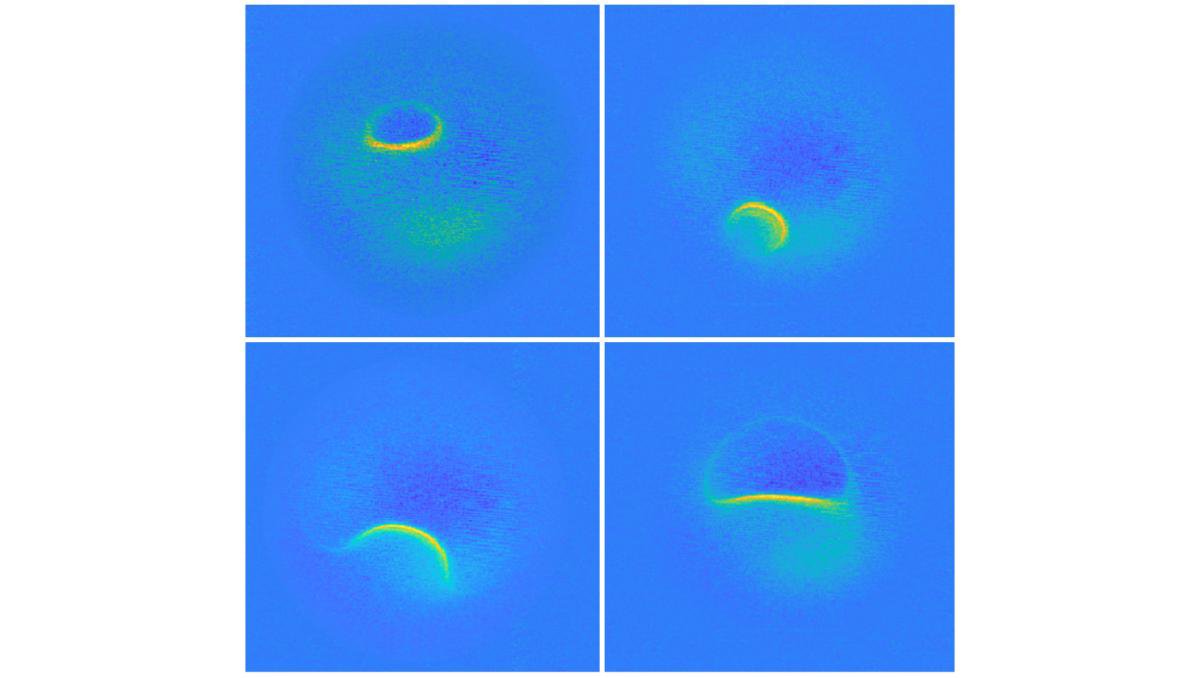A group of researchers successfully performed the world’s smallest magnetic resonance imaging (MRI) scans on single atoms. This project could vastly contribute to further development of science and medicine and help detect and treat conditions that are normally invisible to us.
This research was conducted by the Center for Quantum Nanoscience (QNS) of the Institute for Basic Science (IBS) at Ewha Womans University, Seoul, South Korea, in collaboration with U.S.-based QNS scientists. MRI scans at hospitals can diagnose various things, but they detect the density of spins – magnets in electrons and protons – in the body. However, an MRI requires billions of those spins for a successful scan.
The findings published in the journal Nature Physics, show that detecting spin is also possible on an individual atom on a surface. The researchers used a scanning tunneling microscope which was equipped with an atomically sharp metal tip which can penetrate through single atoms by scanning its tip on the surface.
To perform MRI scans on single atoms, researchers used two metals, iron and titanium, which are both known to possess strong magnetic properties. They exposed the atoms to the telescope and then used the tip of the microscope that worked as an MRI machine and mapped a 3D model of the magnetic field created by the atoms. They had to implement a sharp metal tip to the microscope so that the spin of the atom and spin of the magnetic material of the tip would interact, just like two different magnetic poles interact in everyday situations.
“It turns out that the magnetic interaction we measured depends on the properties of both spins, the one on the tip and the one on the sample,” Lead author Dr. Philip Willke of QNS said in a statement. “For example, the signal that we see for iron atoms is vastly different from that for titanium atoms. This allows us to distinguish different kinds of atoms by their magnetic field signature, and makes our technique very powerful.”
The single-atom MRI can have various applications, but for now, the team behind the study wants to test it with more complex structures like molecules and magnetic materials.
“Many magnetic phenomena take place on the nanoscale, including the recent generation of magnetic storage devices,” Dr. Yujeong Bae also of QNS, a co-author in this study said in a statement. “We now plan to study a variety of systems using our microscopic MRI.”
Additionally, if researchers will be able to analyze different conditions on the nanoscale, they’ll be able to develop new medicines and forms of treatment that can help patients suffering from different health conditions. This kind of MRI scans on single atoms can also be applied in quantum systems, particularly in quantum computers.
“I am very excited about these results. It is certainly a milestone in our field and has very promising implications for future research.” Prof. Andreas Heinrich, Director of QNS said. “The ability to map spins and their magnetic fields with previously unimaginable precision allows us to gain deeper knowledge about the structure of matter and opens new fields of basic research.”





